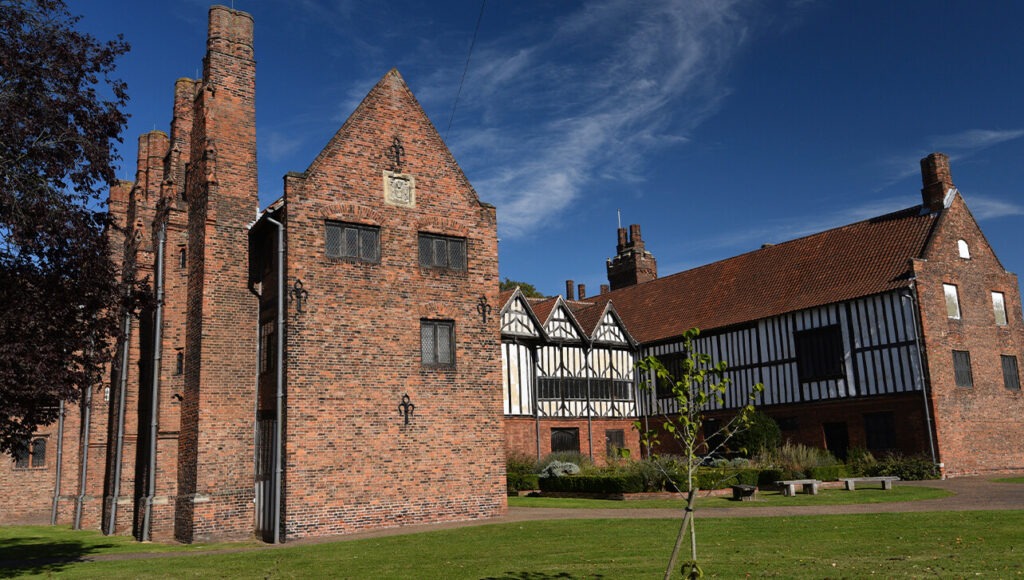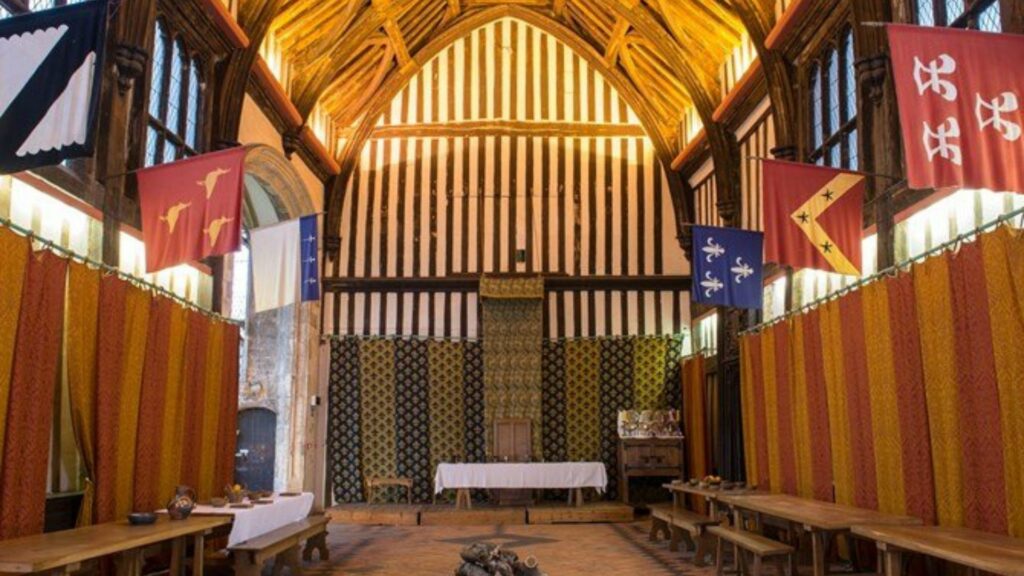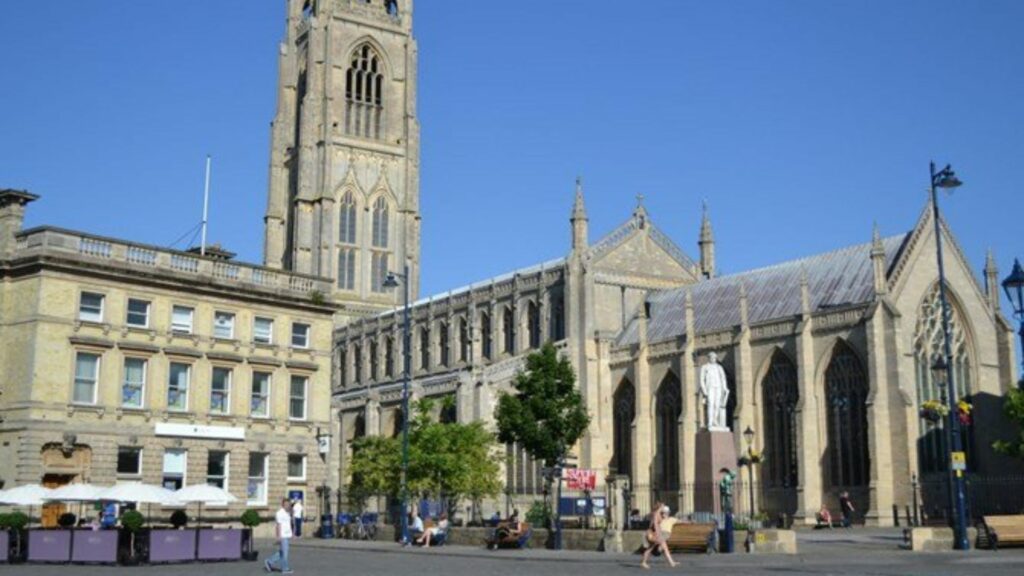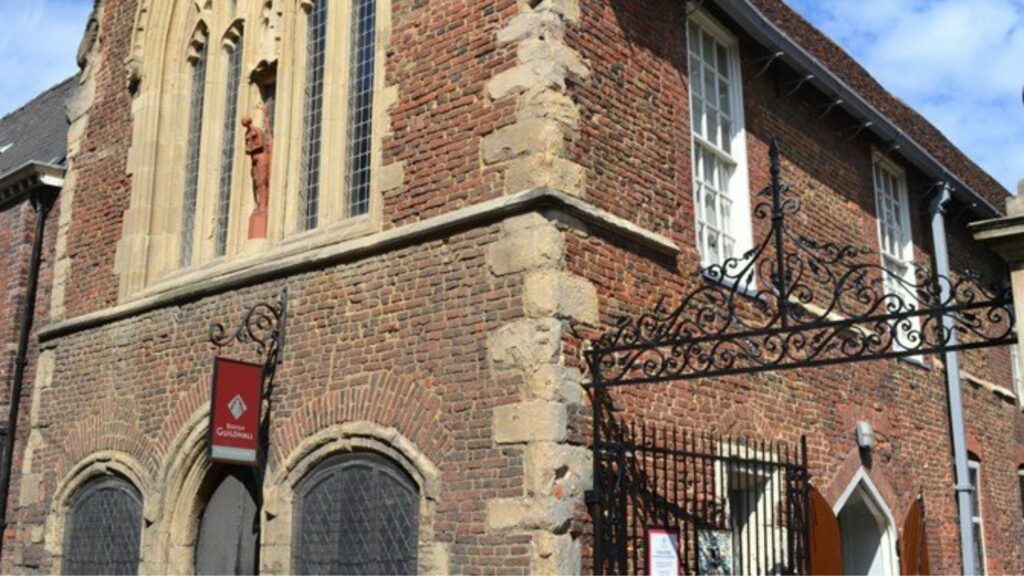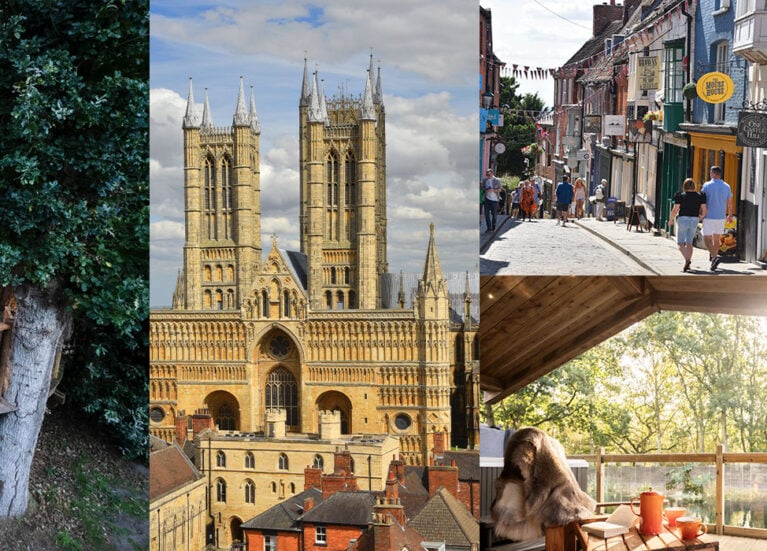Plan your road trip through Lincolnshire with uncovering Britain to discover Lincolnshire’s connection in the Mayflower and Pilgrim story.
The crossing of the Mayflower holds immense historical significance, marking a pivotal moment in the establishment of English colonization in America. Departing from England, in 1620, the Mayflower embarked on a courageous journey carrying a group of Pilgrims seeking religious freedom to the shores of the New World. Despite facing treacherous conditions, limited supplies, and the uncertainty of an unfamiliar land, the Pilgrims’ voyage showcased their resilience, bravery, and unwavering pursuit of a new life. Their arrival in what is now Plymouth, Massachusetts laid the foundation for democratic principles, religious tolerance, and the rich cultural diversity of the United States.
If you’re considering a road trip through England, retracing the steps of the Pilgrims and immersing yourself in their extraordinary story can lead to captivating discoveries. Begin your journey by exploring the eastern region of England, where you can uncover the roles played by Boston, Lincolnshire, and Harwich in the Mayflower narrative. Before that, you can venture into neighbouring Nottinghamshire to visit the villages where the Pilgrims’ congregation originated.
While travelling in Lincolnshire, delve into the significance of Gainsborough in the Mayflower and Pilgrim story. This bustling market town played a vital role in the Pilgrims’ quest for religious freedom and their eventual voyage to the New World. In the early 1600s, Gainsborough thrived as a hotbed of religious dissent, attracting a group of Separatists led by influential figures like John Robinson and William Brewster. Here, they congregated to worship and discuss their beliefs outside the constraints of the Church of England. Gainsborough Old Hall became a haven for the Separatists, providing them with solace and support within their community.
Continuing your road trip, head towards Boston, Lincolnshire, a place closely linked to the Mayflower and the Pilgrims, though not as widely known as its American counterpart. In the 17th century, Boston prospered as a port town and became a hub of religious dissent. It was home to a community of Separatists who sought to separate from the Church of England and ultimately became known as the Pilgrims. Notably, William Brewster, a prominent member of the Pilgrim congregation, had strong ties to Boston and the Mayflower. As the postmaster of Boston, Brewster played a crucial role in organizing the Pilgrims’ journey to America. Utilizing his position and connections, he secured the necessary provisions and arrangements for the Mayflower voyage. Additionally, several other Pilgrims and Mayflower passengers hailed from Boston and its surrounding areas, actively participating in the religious community. It is believed that some Pilgrims may have even set sail from the port of Boston.
When visiting Boston, England, you can explore its historical sites and delve deeper into its connection to the Mayflower and the Pilgrims. St. Botolph’s Church, fondly known as the “Boston Stump,” stands as a notable landmark dating back to the 14th century, evoking a sense of familiarity for the Pilgrims. The church commemorates its association with the Pilgrims through a stained glass window depicting the Mayflower. Additionally, Boston boasts a rich maritime history, with the Guildhall Museum showcasing exhibits that highlight the town’s role as a port and its ties to the Pilgrims.
Exploring Boston, England offers a unique perspective on the origins and early history of the Pilgrims. It allows you to follow in the footsteps of these courageous individuals and gain insights into the religious, social, and historical context that shaped their decision to seek a new life in America. Combining the Boston story with a Mayflower and Pilgrim road trip creates a captivating and educational adventure. Along the way, you can gain insights into the Mayflower’s transatlantic voyage, including the challenges faced by the ship and its crew. Discover the origins of the Pilgrims, their reasons for pursuing religious freedom, and their lives in England before embarking on their transformative journey to establish a new colony in the New World.
While in Lincolnshire, be sure to take the time to visit nearby places and attractions in the vicinity. The city of Lincoln, located approximately 40 miles north of Boston, is well worth exploring. Renowned for its magnificent medieval cathedral, Lincoln Cathedral, which dominates the city’s skyline, you can marvel at its architectural splendour and enjoy breathtaking views from its tower. Additionally, you can explore Lincoln Castle, stroll along the historic Steep Hill with its charming shops and cafes, and visit the Museum of Lincolnshire Life to delve into the region’s rich history.
Around 30 miles southwest of Boston, you can find another Lincolnshire gem – Stamford, one of England’s most beautiful stone towns. With its Georgian architecture, historic churches, and riverside charm, it’s a delight to explore. Stroll through bustling markets, browse independent boutiques, and admire its period-drama-worthy streets, famously used in films like Pride & Prejudice.
A short drive south of Boston, you’ll find Tattershall Castle, a remarkable medieval red-brick castle built in the 15th century. The castle’s impressive Great Tower and guided tours offer insights into its fascinating history, while a climb to the top rewards you with panoramic views of the surrounding countryside.
Situated about 15 miles northwest of Boston, Woodhall Spa is a charming town with a fascinating past. Once a fashionable Victorian spa retreat, it still retains its elegance with tree-lined avenues and historic buildings. Visitors can enjoy Jubilee Park, the unique Kinema in the Woods, or discover the town’s RAF heritage at the Dambusters Memorial.
Just 20 miles northwest of Boston, Horncastle is famous as Lincolnshire’s “Antiques Capital.” The town is packed with vintage shops, quirky markets, and welcoming tearooms. Surrounded by the rolling countryside of the Lincolnshire Wolds, it’s also a great base for walkers and cyclists looking to explore the area’s scenic trails.
Sitting about 30 miles north of Boston, Louth is a lively market town on the edge of the Lincolnshire Wolds. Known for its foodie scene, it boasts artisan bakers, award-winning butchers, and traditional grocers. The towering St James’ Church spire dominates the skyline, while scenic spots like Hubbard’s Hills make Louth a perfect mix of history and nature.
If you’re seeking a coastal getaway, head east to Skegness, situated approximately 30 miles from Boston. This popular seaside town offers sandy beaches, amusement parks, and a vibrant promenade. Whether you’re enjoying traditional seaside attractions or the abundant bird life at the many coastal nature reserves, there’s something for everyone to enjoy.
These are just a few highlights of the attractions near Boston in Lincolnshire. The region boasts a rich heritage, picturesque landscapes, and diverse experiences waiting to be explored and enjoyed during your visit.
To ensure a smooth and enriching road trip focused on the Pilgrims’ history, it is essential to plan ahead.
Resources like UncoverBritain’s Mayflower & Pilgrim Road Trip planner provide valuable ideas, destination guides, and accommodation suggestions along the route. Planning your itinerary based on your interests and allowing for flexibility will allow you to explore the locations and aspects of the Pilgrims’ story that resonate with you the most.
